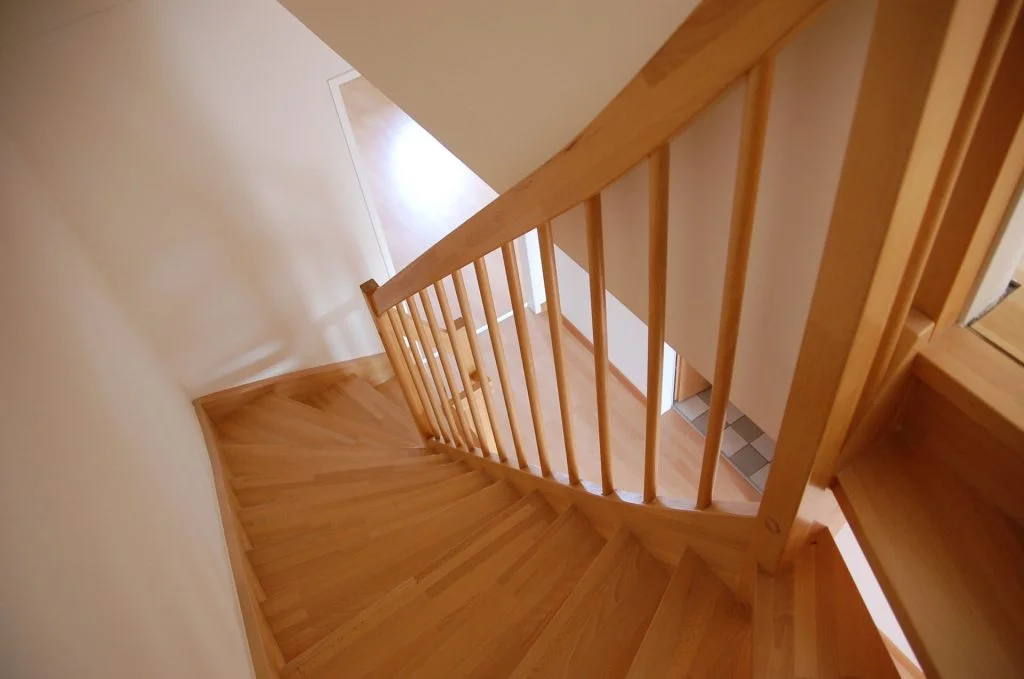
Installation and Maintenance of Stair Lifts
Stair lifts are an important mobility aid for individuals with limited mobility, allowing them to access different levels of their homes safely and comfortably. While stair lifts are a significant investment, they can improve quality of life and provide greater independence for those with mobility challenges. Proper installation and maintenance of a stair lift is essential to ensure it operates safely and effectively for years to come.
Installation of a Stair Lift
The installation of a stair lift requires professional installation, typically performed by a certified technician. It is important to choose a reputable company with experience in stair lift installation to ensure a proper and safe installation. Here are some key steps involved in the installation process:
Site Assessment: A technician will visit the home to assess the staircase and determine the best type of stair lift for the individual’s needs. The technician will take measurements of the staircase and evaluate any obstacles, such as railings or doorways, that may affect the installation.
Customization: Once the assessment is complete, the technician will help the individual choose a stair lift that meets their needs and preferences. The stair lift will be customized to fit the individual’s staircase and personal preferences.
Installation: The technician will install the stair lift on the staircase, ensuring that it is securely attached and that all safety features are functioning properly. The installation process typically takes a few hours.
Testing and Training: After installation, the technician will test the stair lift to ensure it is functioning properly and will provide training on how to operate the lift safely and effectively.
Maintenance of a Stair Lift
Regular maintenance of a stair lift is important to ensure that it continues to operate safely and efficiently. It is recommended to have the stair lift inspected and serviced by a certified technician at least once a year. Here are some key maintenance tasks:
Cleaning: The stair lift should be cleaned regularly to prevent the buildup of dirt and debris, which can affect the operation of the lift. The track and moving parts should be wiped down with a dry cloth, and a mild cleaning solution can be used if needed.
Lubrication: The moving parts of the stair lift should be lubricated periodically to prevent wear and tear and ensure smooth operation. A silicone-based ance olubricant is recommended, and it should be applied sparingly to avoid excess buildup.
Battery Replacement: Stairlifts typically run on rechargeable batteries, which should be replaced every few years or as needed. The battery should be checked regularly to ensure that it is holding a charge and replaced if necessary.
Safety Inspection: A certified technician should inspect the stair lift at least once a year to ensure that all safety features are functioning properly. The technician will check the sensors, emergency stop button, seat belt, and other safety features to ensure that they are working correctly.
Repairs: If the stair lift is not functioning properly, it should be repaired by a certified technician. Attempting to repair the stair lift without proper training can be dangerous and can void the warranty.
Conclusion
Proper installation and maintenance of a stair lift is essential to ensure that it operates safely and effectively. It is important to choose a reputable company for installation and to have the stair lift inspected and serviced regularly by a certified technician. By following these steps, individuals with limited mobility can enjoy greater independence and mobility in their own homes.



